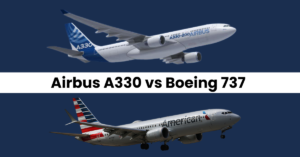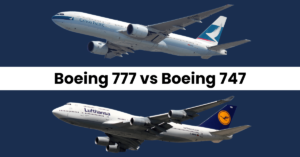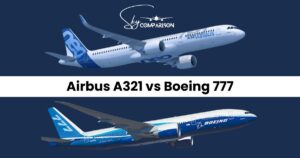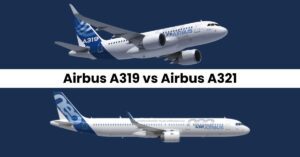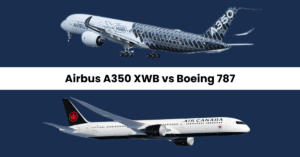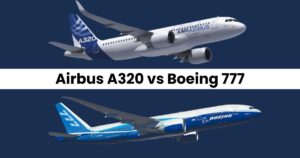Airbus A320 vs Boeing 737: A Comprehensive Comparison
The aviation industry has long been dominated by two major players: Airbus and Boeing. Their most popular narrow-body aircraft, Airbus A320 Vs Boeing 737, have been in a continuous battle for market supremacy. Both aircraft are favorites among airlines for short to medium-haul routes. Let’s dive into a detailed comparison of these two aircraft.
Airbus A320 vs Boeing 737
In the competitive skies of commercial aviation, the rivalry between the Airbus A320 and Boeing 737 stands as a testament to engineering excellence and strategic market positioning. These narrow-body aircraft, hallmarks of their respective manufacturers, Airbus and Boeing, have been vying for dominance in the short to medium-haul segment for decades.
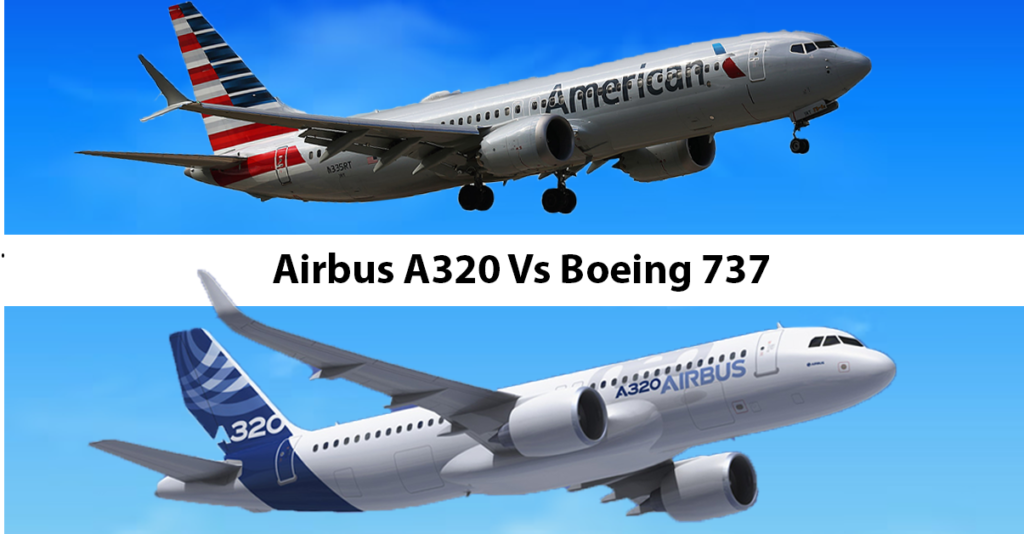
This article delves into an in-depth comparison of the Airbus A320 vs Boeing 737, dissecting their design nuances, performance capabilities, and technological advancements. As we explore the distinctive features that set these aircraft apart, we aim to provide a comprehensive understanding of what makes each model a preferred choice for airlines and passengers alike. Join us as we navigate through the fascinating world of these aviation giants, unraveling the intricacies that define the Airbus A320 and Boeing 737 saga.
| Feature | Airbus A320 | Boeing 737 |
|---|---|---|
| First Flight | 22 February 1987 | 1967 |
| Passenger Capacity | 150-180 (typical) | 85-215 (depending on variant) |
| Range | Up to 6,500 km | Up to 6,510 km |
| Engines | CFM International LEAP / Pratt & Whitney PW1000G series | CFM International LEAP-1B |
| Unique Feature | Digital fly-by-wire control system | Shorter runway requirement |
Airbus A320
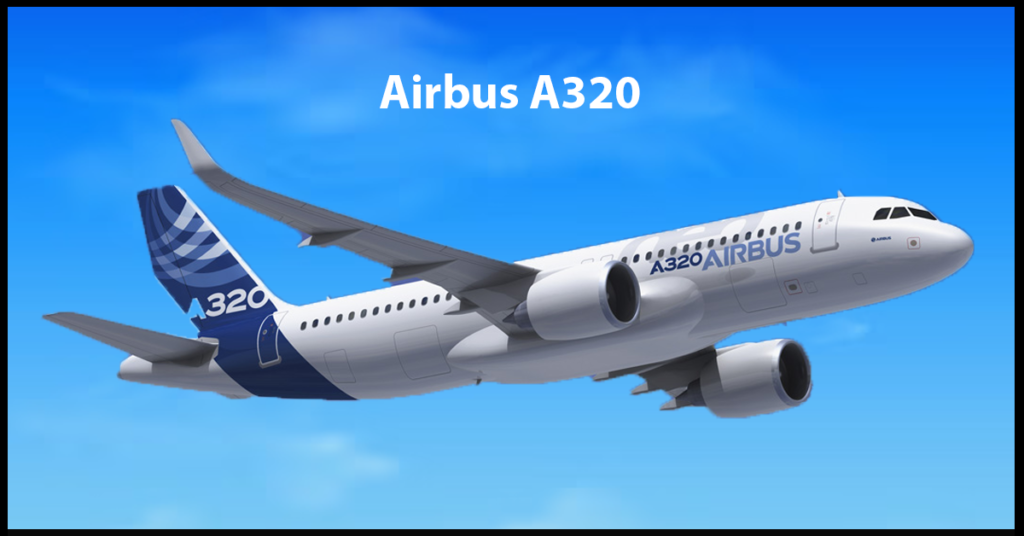
Introduced in the late 1980s, the Airbus A320 is known for its innovation in aircraft technology. It was the first commercial jet to incorporate a fully digital fly-by-wire control system. The A320 features a wider cabin than the 737, offering added passenger comfort, especially in terms of seat width. This aircraft can typically accommodate 150-180 passengers.
Boeing 737
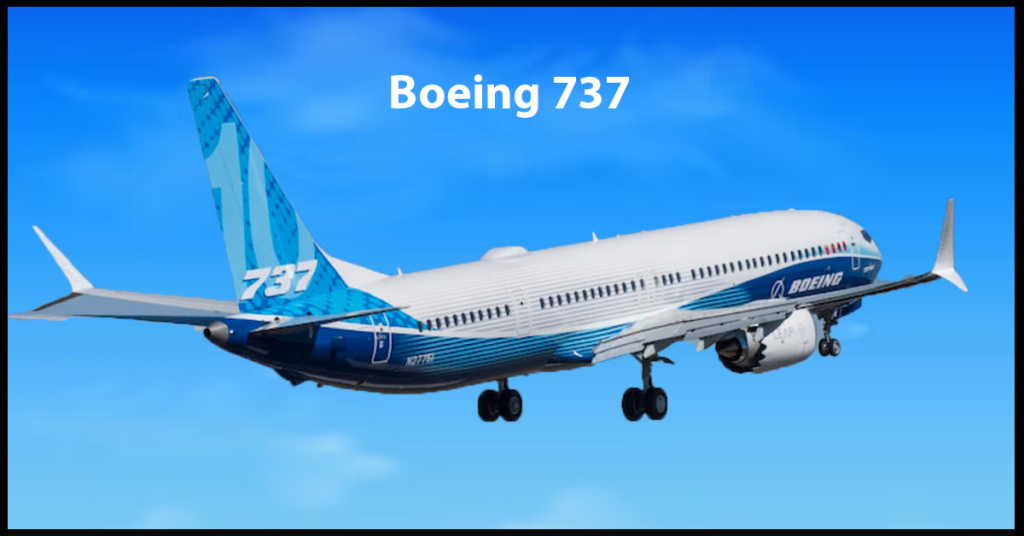
The Boeing 737, first flown in the late 1960s, is one of the best-selling commercial jetliners. Over the years, it has undergone numerous upgrades to enhance its efficiency and performance. The 737 is known for its reliability and versatility. The cabin is slightly narrower than the A320 but is designed to be functional and efficient. It generally seats between 85 and 215 passengers, depending on the variant.
Performance and Range
Airbus A320: The A320 is renowned for its balanced performance, offering a range of up to 6,500 km. This capability makes it an ideal choice for short to medium-haul routes. The aircraft’s advanced aerodynamics and fly-by-wire technology contribute to its efficient operation, allowing for smoother flight control and reduced pilot workload.
Boeing 737: The 737, particularly in its latest MAX variants, competes closely with a similar range of up to 6,510 km. It is designed for efficiency, with a focus on short to medium-range flights. The 737’s design enables it to operate effectively even on shorter runways, giving it an edge in accessing a wider range of airports.
Engine Comparison
Airbus A320: The Airbus A320neo uses the (IAE V2500)Engine. The IAE V2500 is a two-shaft high-bypass turbofan engine built by International Aero Engines which powers the Airbus A320 family, the McDonnell Douglas MD-90, and the Embraer C-390 Millennium. The V2500-A5/D5/E5 has 1 fan; 4 LP and 10 HP compressor stages; 2 HP and 5 LP turbine stages.
Boeing 737: The 737 MAX runs on CFM International LEAP-1B engines, which are designed to offer higher fuel efficiency and reduced emissions. The CFM56-7B is the exclusive engine for the Boeing Next-Generation single-aisle airliner. In total, more than 15,000 CFM56-7B engines have been delivered to power 737 aircraft, making it the most popular engine-aircraft combination in commercial aviation history. The engine’s broad-based market acceptance is due to its simple, rugged architecture, which gives it the highest reliability, durability, reparability with the lowest cost of ownership in its class.
Fuel Efficiency Comparison: Airbus A320 vs Boeing 737
In the realm of commercial aviation, fuel efficiency is a critical factor, and this is where the comparison between the Airbus A320 and the Boeing 737 becomes particularly interesting.
The Airbus A320 family, especially with its newer ‘neo’ (New Engine Option) variants, has made significant strides in fuel efficiency. The A320neo is equipped with either the CFM International LEAP-1A or the Pratt & Whitney PW1100G engines. These engines are part of a new generation of powerplants that offer considerable improvements in fuel burn and emissions. The A320neo boasts around 15% to 20% better fuel efficiency compared to its older versions. This improvement is also attributed to the incorporation of ‘Sharklets’ – wingtip devices that reduce aerodynamic drag.
The Boeing 737, particularly the latest MAX series, has responded to the efficiency challenge with its own set of innovations. The 737 MAX is powered by CFM International LEAP-1B engines, which provide a similar range of efficiency improvements as the A320neo’s engines. Additionally, the 737 MAX features Advanced Technology winglets, which enhance the aerodynamic efficiency of the aircraft. The MAX series claims to improve fuel efficiency by about 14% over its predecessors.
Safety and Reliability
Both Airbus and Boeing have excellent safety records. However, the Boeing 737 MAX faced a significant setback with two fatal crashes leading to a worldwide grounding of the fleet. This has since been rectified, and the aircraft has returned to service with numerous safety enhancements.
Market Reach and Popularity
The A320 and the 737 are widely used by airlines around the world. The Boeing 737 has historically been more popular in the United States, while the A320 has seen greater success in Europe and Asia. However, global market trends are constantly shifting.
Conclusion
In conclusion, the Airbus A320 and Boeing 737 continue to be at the forefront of short to medium-haul air travel. Each has its strengths: the A320 with its wider cabin and technological innovations, and the 737 with its reliability and flexibility. For airlines and passengers alike, the choice often comes down to specific operational requirements and personal preferences. As these aviation giants continue to evolve, they both play pivotal roles in shaping the future of commercial air travel.

